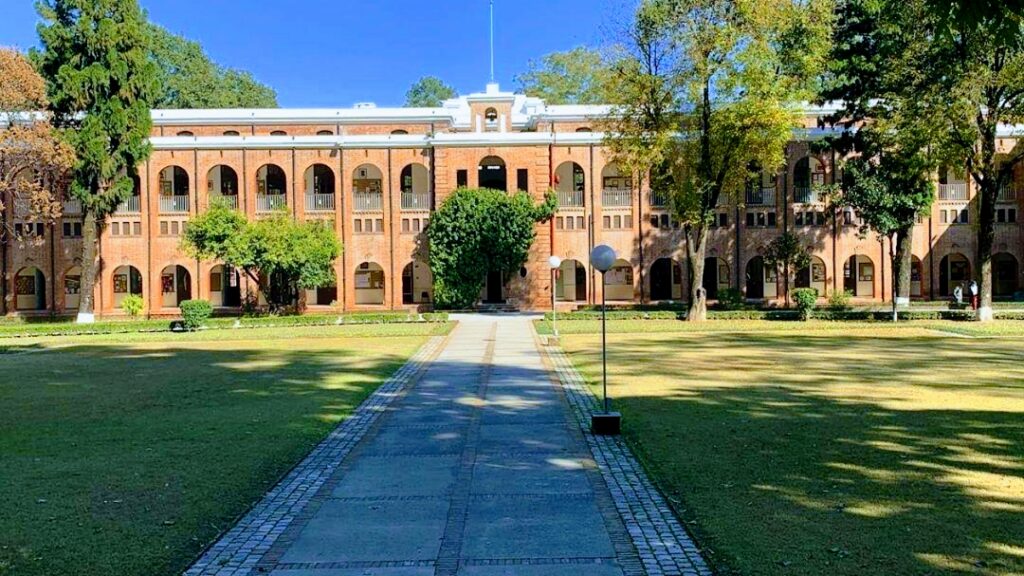Choosing the right school for your child in India feels like solving a complex puzzle, doesn’t it? With over 1.5 million schools across the country, parents often find themselves overwhelmed by the choices available.
School rankings have become a go-to resource for many families trying to make this crucial decision. But here’s the thing – while these rankings offer valuable insights, understanding how they work is just as important as the rankings themselves.
Let’s break down the entire process of school rankings in India, explore what makes schools tick, and help you make sense of all those numbers and ratings you see everywhere.
Table of Contents
What Actually Goes Into School Rankings? Let’s Break It Down
Academic Excellence and Beyond
- Board Exam Results: Schools track their 10th and 12th board exam performances over the past 5 years. The best schools typically maintain a consistent record of 90%+ average scores.
- Student Achievements: From international Olympiads to national-level competitions, rankings consider how well students perform beyond regular academics.
- College Placements: For senior secondary schools, the number of students making it to top universities, both in India and abroad, plays a significant role.
- Learning Approaches: Schools get higher points for using modern teaching methods like experiential learning, project-based education, and technology integration.
Infrastructure That Supports Learning
- Classroom Environment: Smart classrooms, comfortable seating, proper ventilation, and lighting all count.
- Technology Integration: Computer labs with current software, high-speed internet, and digital learning tools.
- Science and Innovation: Well-equipped laboratories, maker spaces, and innovation hubs.
- Library Resources: Both digital and physical books, research materials, and study spaces.
- Sports Facilities: Indoor and outdoor sports areas, swimming pools, specialized coaching.
The People Factor
- Teacher Qualifications: Minimum qualification requirements have gone up – most top schools now look for postgraduate teachers with B.Ed degrees.
- Student-Teacher Ratio: The golden ratio is typically 1:20 or better in highly-ranked schools.
- Teacher Training: Regular professional development programs and workshops.
- Support Staff: Qualified counselors, special educators, and medical staff on campus.
Beyond Books and Boards
- Sports Programs: Structured physical education with professional coaches.
- Art and Culture: Regular exhibitions, performances, and cultural events.
- Life Skills Development: Leadership programs, public speaking, and personality development.
- Social Responsibility: Community service initiatives and environmental awareness programs.
How Are Schools Actually Evaluated?
The Assessment Process
- Physical Inspections: Evaluators spend 2-3 days in each school.
- Document Verification: Academic records, teacher credentials, safety certificates.
- Stakeholder Interviews: Conversations with students, teachers, parents, and alumni.
- Class Observations: Random sampling of teaching methods and classroom environment.
Major Rating Parameters (Point System)
- Academic Excellence: 250 points
- Infrastructure Quality: 200 points
- Teacher Standards: 200 points
- Sports and Extra-curricular: 150 points
- Safety and Hygiene: 100 points
- Innovation in Education: 100 points
Top Schools Showcase
1. The Doon School, Dehradun

Consistent Top Performer Since: 1935
What Sets It Apart:
- 100% boarding school with focus on leadership
- Average class size of 15 students
- Over 70 activity clubs
- International faculty exchange programs
- 92% teachers with postgraduate degrees
2. Mayo College, Ajmer

Heritage Since: 1875
Standing Out For:
- Blend of traditional and modern education
- 45 sports disciplines
- Individual mentoring program
- State-of-the-art innovation center
- Global exchange programs with 12 countries
Regional Differences Matter
Metro Cities (Delhi, Mumbai, Bangalore, Chennai)
- Higher emphasis on international curriculum options
- More focus on technology and innovation
- Stronger alumni networks
- Higher competition for admissions
Tier-2 Cities
- Better balance of cost and quality
- Strong focus on traditional values
- More personalized attention
- Emerging international partnerships
Rural Areas
- Focus on basic infrastructure development
- Emphasis on regional language support
- Strong community connections
- Practical skill development
Making School Rankings Work for You
Practical Steps for Parents
- Create a Comparison Sheet: List your top 5 schools and compare them on factors that matter to you.
- Visit During Peak Hours: See the school in action during regular days.
- Talk to Current Parents: Get real feedback about daily experiences.
- Check Transport Options: Consider travel time and safety.
- Understand Fee Structure: Look for hidden costs and annual increases.
Frequently Asked Questions
1. How reliable are online school reviews?
While online reviews can provide insights, they should be taken with a grain of salt. Look for patterns in reviews rather than isolated experiences. The best approach is to verify information through school visits and direct interactions with the school community.
2. How do international schools fit into these rankings?
International schools often have their separate ranking categories due to different curricula and fee structures. They’re typically evaluated on additional parameters like international faculty ratio, global university placements, and cultural diversity.
3. What role does a school’s age play in rankings?
While established schools often have an advantage due to their track record and alumni network, newer schools can still achieve high rankings through excellent infrastructure, innovative teaching methods, and strong academic performance. The key is consistent quality across all parameters.
Conclusion
Remember, school rankings are just one piece of the school selection puzzle. The best school for your child is one that balances academic excellence with personal growth opportunities.
Take time to visit schools, ask questions, and observe the learning environment firsthand. Consider your child’s interests, learning style, and personality when making the final decision.
Most importantly, look for a school that not only ranks well but also feels right for your family’s values and your child’s future aspirations. After all, the right school isn’t just about top scores – it’s about creating a foundation for lifelong learning and success.
Want to know more? Visit here.


